
The largest Mahayana structure in the world is located deep in the middle of South East Asia! Join us on a trip to Borobudur and be regaled by stories of the Buddha’s life (and previous lives) and Sudhana’s journeys (as depicted in the Lalitavistara, the Jataka Tales and the Avatamsaka Sutra).
While Buddhism is known to have flourished in ancient India, Sri Lanka, certain parts of South East Asia (Cambodia, Laos, Myanmar and Thailand) and East Asia (China, Japan and Korea), Buddhism was actually very much an important part of the Indonesian archipelago from around AD 400 onwards till the end of the first millennium.
Sea links between India and China were established from around AD400. This was the period of the Kushan dynasty in Central Asia and just after the Three Kingdoms era in China. Following the trade links, Buddhist monks from both China and India made perilous journeys to both learn and to teach Buddhism. Ports in both Java and Sumatra quickly became important and wealthy ports of call for merchants and travelers alike.
Over time, Buddhist temples, monasteries and centers of learning started to emerge and attract Buddhist scholars, learners and monastics. Notable Buddhists who studied in Java include Vajrabodhi and his disciple Amoghavajra, and Atisa (also known as Dipankara Srijnana).
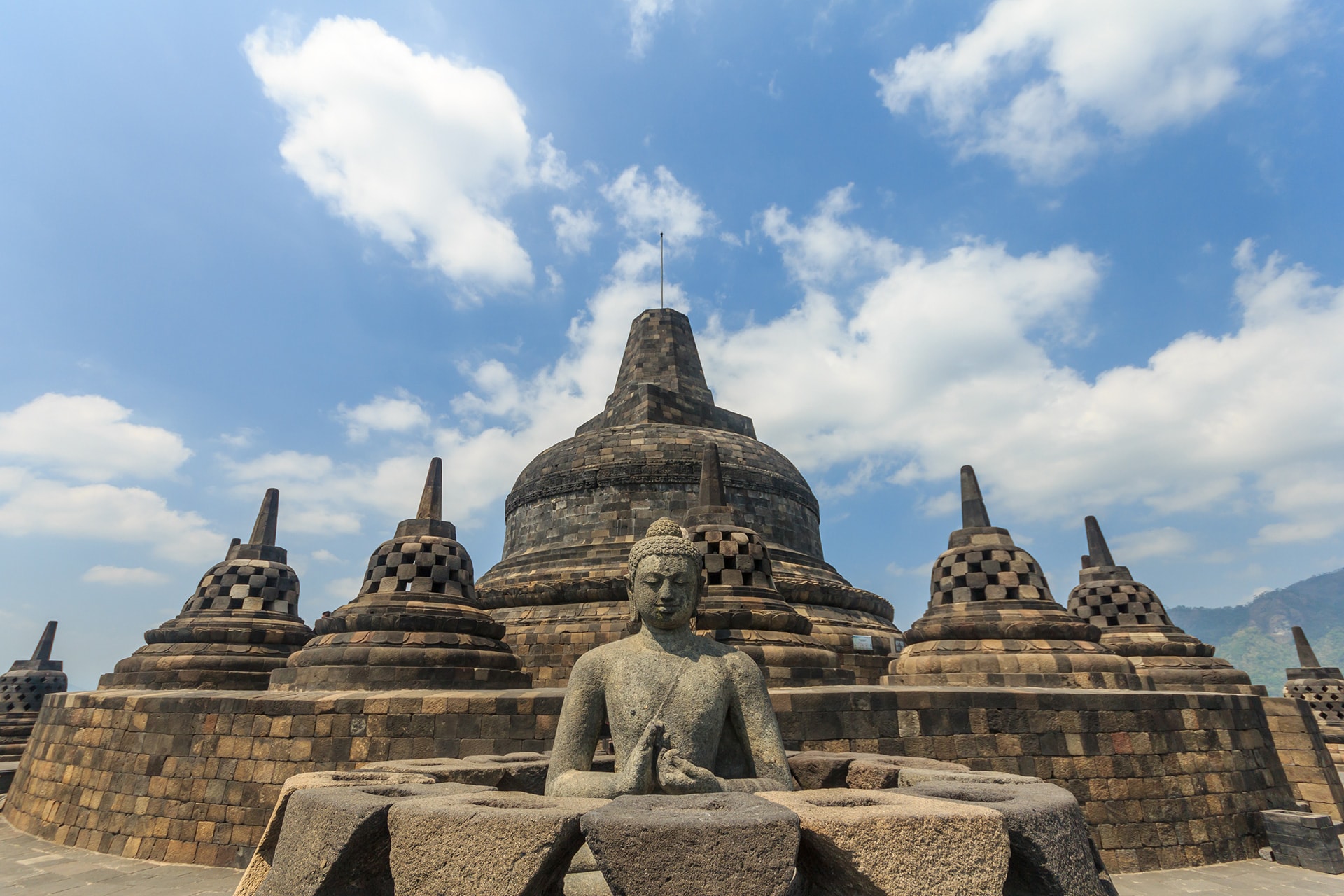
Since the 1960s, the Indonesian government worked tirelessly to restore Borobudur with the help of UNESCO and the restoration project was declared officially completed in 1983. Today, Borobudur welcomes around 4 million visitors yearly and is considered an important Javanese heritage.
Borobudur was built around the 8th century during the Sailendra dynasty. The scale of the works involved in building this huge monument suggested that the work took about decades (estimated to be 30-70 years) to complete.
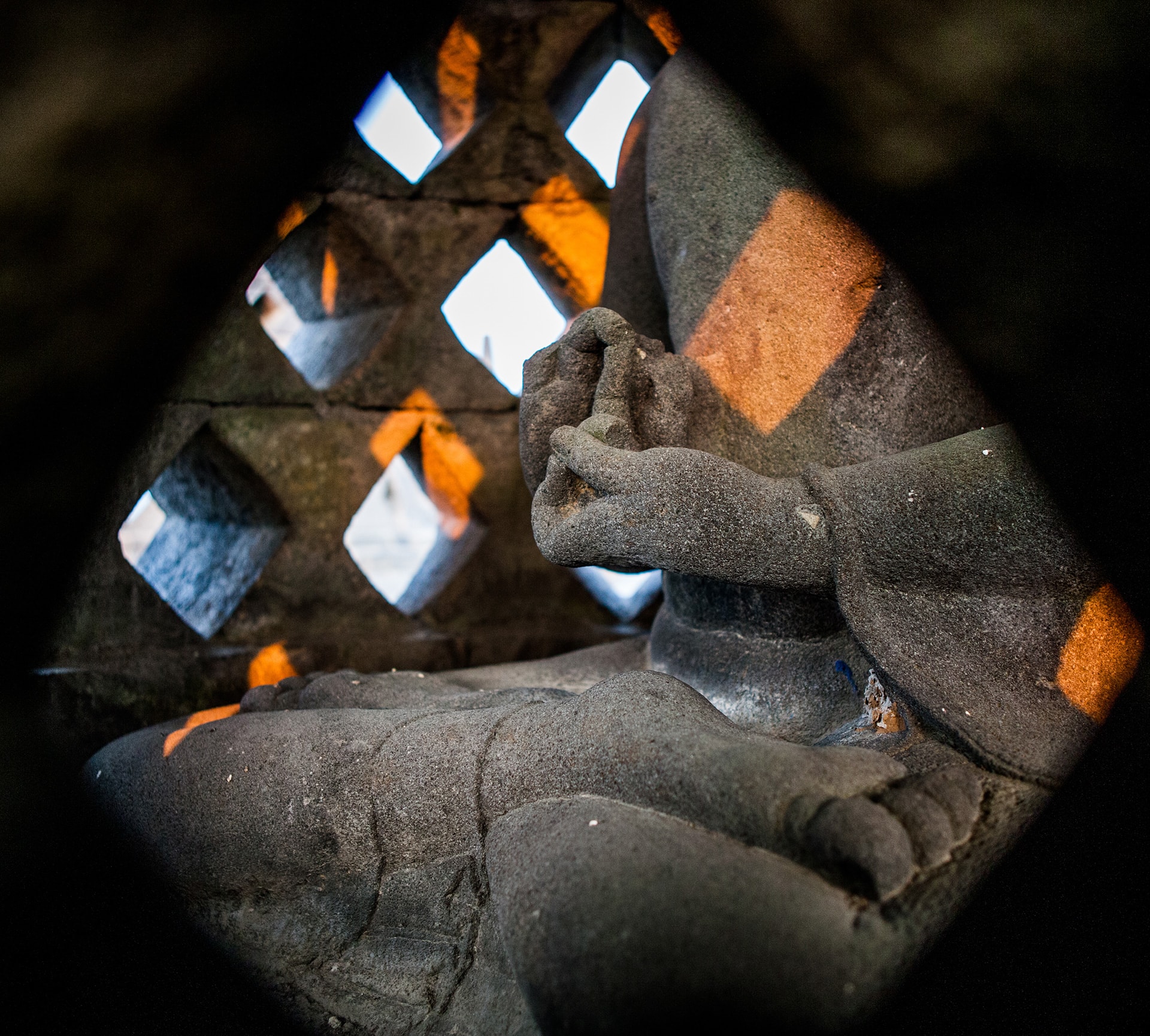
Unlike other Buddhist temples which were built to house monastics or as stupas, Borobudur is unique with its scale and numbers of reliefs and Buddha statues. There are 504 Buddha statues (432 statues on the lover five levels and 72 on the upper round terraces) and 2,670 relief panels depicting various aspects of Buddhism, including the life of the Buddha, Jataka tales and aspects of the Avatamsaka Sutra. There were also depictions of daily Javanese lives and culture from that era.
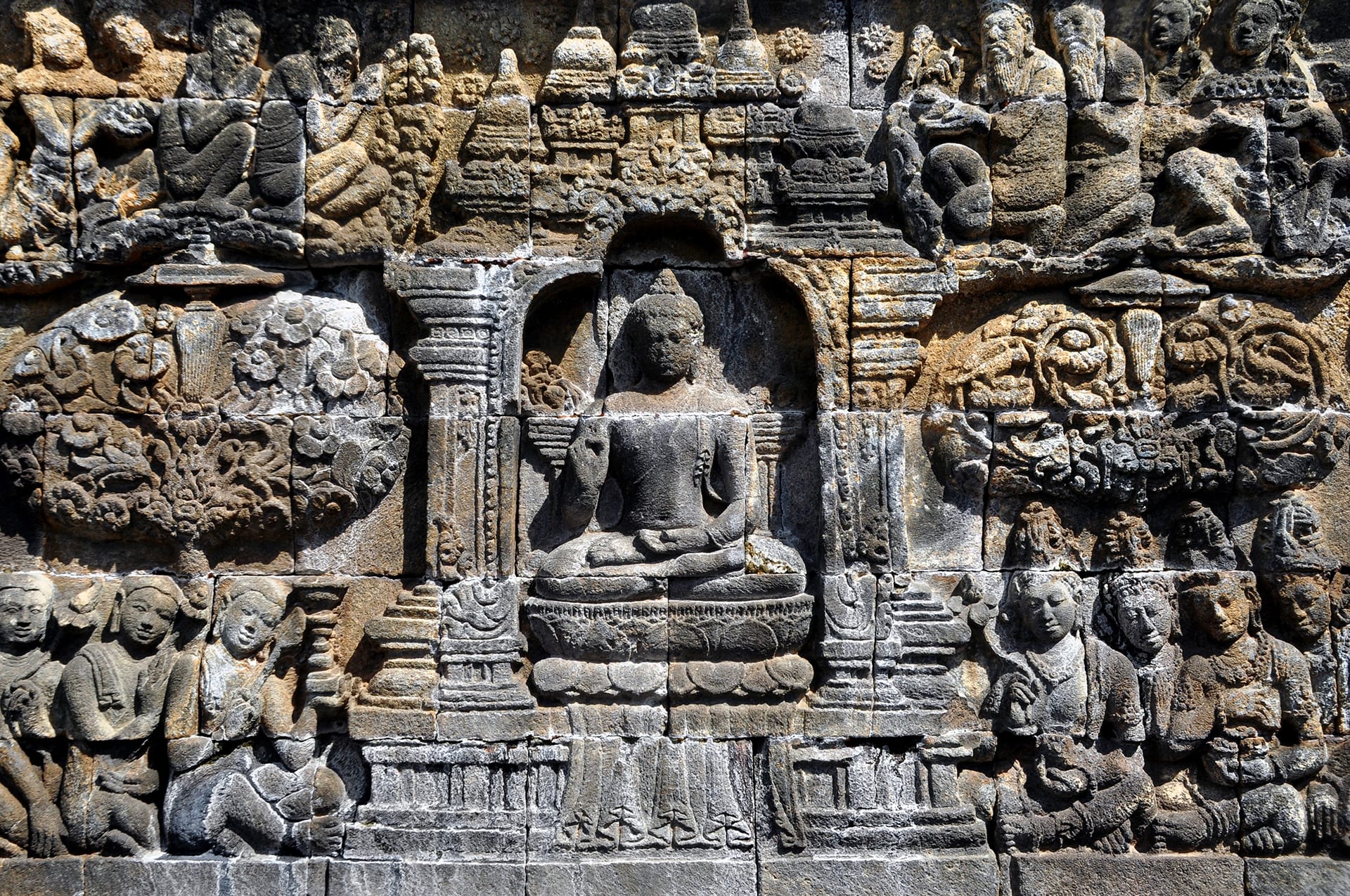
In order to follow the design of Borobudur, visitors are required to make ten circuits of the structure. Four times around the first gallery and three times around the next three galleries. Some experts speculate that the ten circumambulations are reflective of the ten stages or perfections that all aspiring Bodhisattvas must achieve.
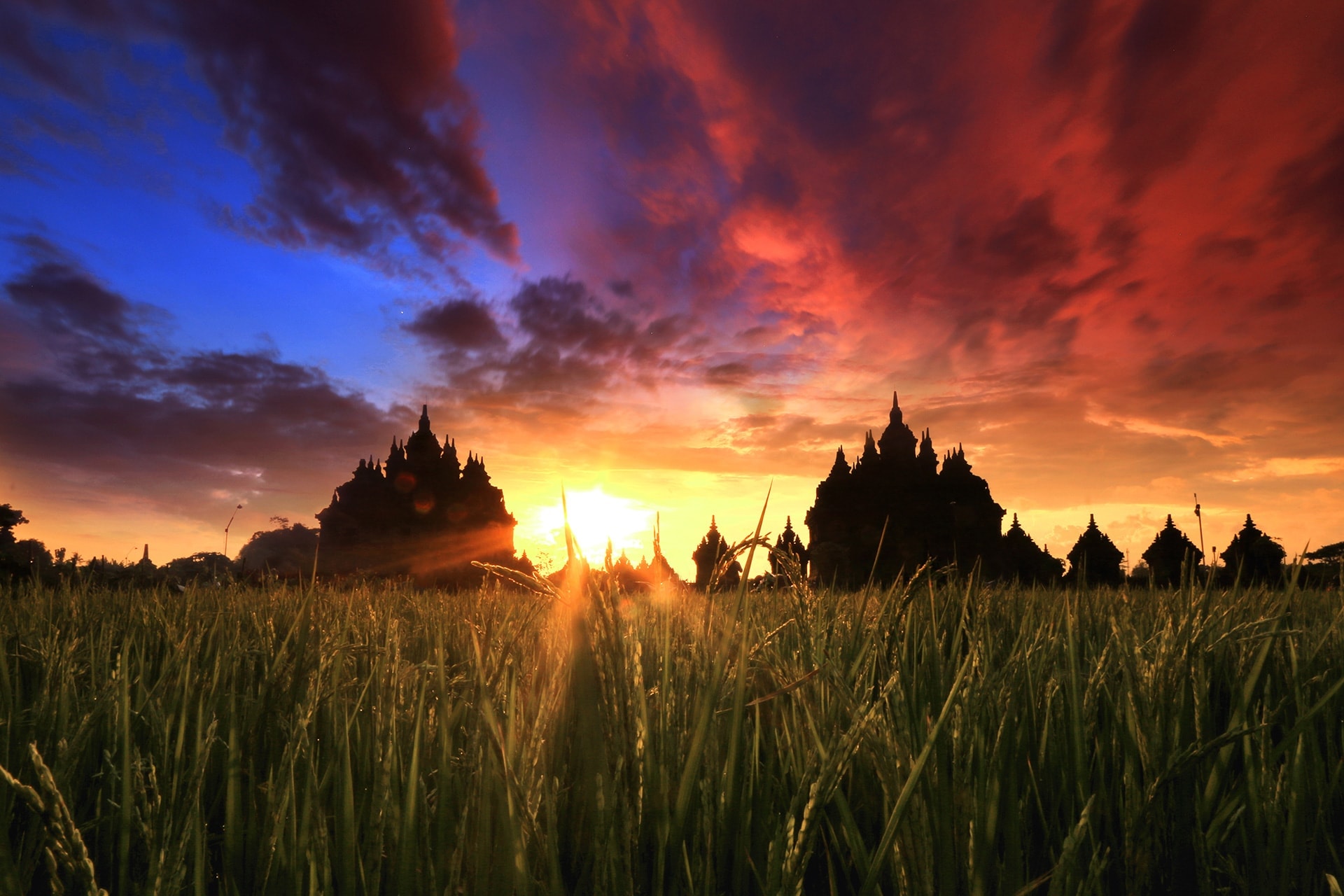
Candi, Candi and more Candi
In addition to Borobudur, we will also journey to view other magnificent Buddhist compounds located near Magelang and Yogyakarta.
Located near the famed Prambanan Temple (a Hindu complex) are the Candi Lumbung, Candi Bubrah and Candi Sewu. All three Buddhist compounds pre-date Prambanan Temple in their construction periods.
Lumbung is “rice barn” in Javanese so Candi Lumbung probably means Rice Barn Temple. Walking in from the Prambanan Temple, Candi Lumbung is the first of the three Buddhist temples that visitors can view within the Prambanan Compounds.
Built around the 9th century, the candi has one main temple surrounded by 16 small temples. In terms of architectural design, it is similar to Candi Sewu with beautiful reliefs and motifs scattered throughout the candi and stupas on top of the 17 buildings.
In Javanese term bubrah means “damaged” so one can imagine the current condition of this candi. Despite being the smallest of the three candi, Bubrah has its unique charm. The 17 alcoves surrounding the structure used to contain Buddha statues. Most of the statues are damaged but if one is diligent enough, there is still one complete Buddha statue present to remind visitors of the glorious past of Bubrah!
According to inscription discovered, the original name of Candi Sewu could be “Manjushri grha” or “The House of Manjushri”. Manjushri Bodhisattva is the prefect embodiment of wisdom in Mahayana Buddhism.
The construction of Candi Sewu was estimated to predate that of Borobudur and Prambanan. It is also the second largest Buddhist complex in Java after Borobudur. Served as a royal Buddhist temple, the compound would be an important centre of religious activities.
Candi Sewu consists of a main temple in the middle, eight temples on each cardinal direction and 240 temples surrounding the internal nine temples in a mandala shaped layout reflecting the cosmology of Mahayana Buddhism. There are four entrances which would be guarded by twin Dvarapala statues (door guardians)
Candi Pawon and Candi Mendut
Looking at the locations of Pawon, Mendut and Borobudur, one can figure out an imaginary axis linking all three candis and religious activities centuries past will include all three locations.
Candi Mendut
Within the inner chamber of Mendut are three big statues depicting the Buddha and two Bodhisattvas. The exterior of the candi is adorned with panels depicting humans, animals and flowers. Stories from the Jataka Tales are also shown on the external panels.
Candi Pawon
The name Pawon could be from the terms “pa-awu-an” or to store ash. Pawon was thought to have been constructed around the same period as Mendut and Borobudur. Like the reliefs in the other candis, the reliefs on Pawon are richly decorated with humans, animals and flowers
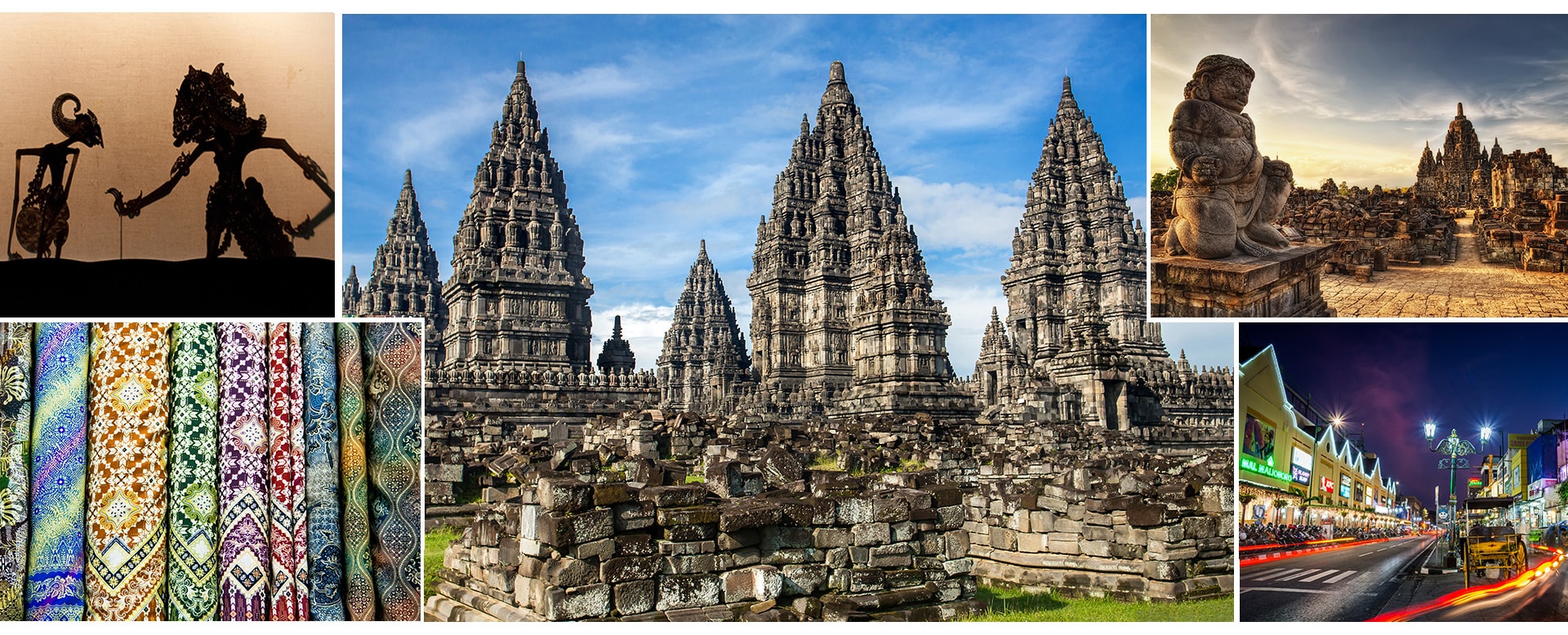
Talk to our travel representative for more information now!
< You may read about our Disclaimer, Privacy and Data Protection Policy, Terms & Conditions and FAQs here. >




